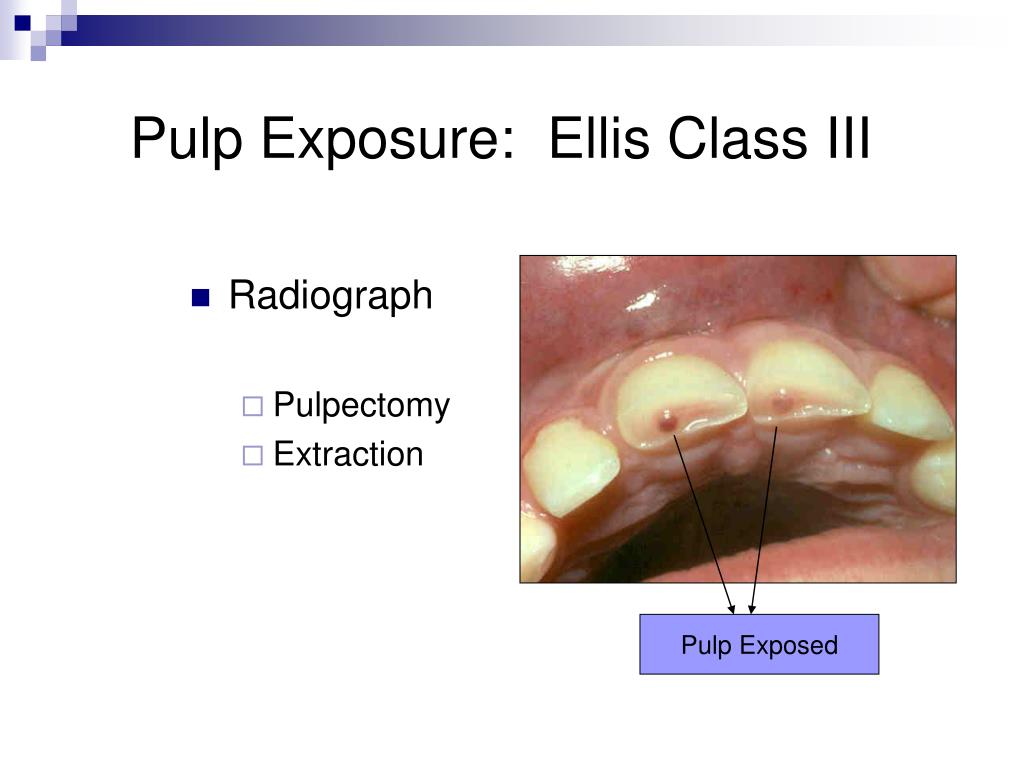

Minimal or no bleeding at exposure siteĬontraindication for Direct Pulp Capping Ĭontraindication for Direct Pulp Capping:.Recent trauma less than 24 hours (less according to tichy) exposure of pulp / mechanical trauma exposure (during restorative procedure).Immature/mature permanent teeth with simple restoration needs.Since pulp capping is not always successful in maintaining the vitality of the pulp, the dentist will usually keep the status of the tooth under review for about 1 year after the procedure. The tooth is then washed and dried, and the protective material placed, followed finally by a dental restoration which gives a bacteria-tight seal to prevent infection. Once the exposure is made, the tooth is isolated from saliva to prevent contamination by use of a dental dam, if it was not already in place. irreversible pulpitis) and a bacteria-tight seal can be applied. It is only feasible if the exposure is made through non infected dentin and there is no recent history of spontaneous pain (i.e. This technique is used when a pulpal exposure occurs, either due to caries extending to the pulp chamber, or accidentally, during caries removal. 5.2 Glass and resin modified glass ionomer.3 Contraindication for Direct Pulp Capping.A direct pulp cap is a one-stage procedure, whereas a stepwise caries removal is a two-stage procedure over about six months. In direct pulp capping, the protective dressing is placed directly over an exposed pulp and in indirect pulp capping, a thin layer of softened dentin, that if removed would expose the pulp, is left in place and the protective dressing is placed on top. Two different types of pulp cap are distinguished. Dentin formation usually starts within 30 days of the pulp capping (there can be a delay in onset of dentin formation if the odontoblasts of the pulp are injured during cavity removal) and is largely completed by 130 days. These materials, protect the pulp from noxious agents (heat, cold, bacteria) and stimulate the cell-rich zone of the pulp to lay down a bridge of reparative dentin. To prevent the pulp from deteriorating when a dental restoration gets near the pulp, the dentist will place a small amount of a sedative dressing, such as calcium hydroxide or MTA.

The ultimate goal of pulp capping or stepwise caries removal is to protect a healthy dental pulp and avoid the need for root canal therapy. Pulpitis, in turn, can become irreversible, leading to pain and pulp necrosis, and necessitating either root canal treatment or extraction. This can lead to the pulp of the tooth either being exposed or nearly exposed which causes pulpitis (inflammation). When dental caries is removed from a tooth, all or most of the infected and softened enamel and dentin are removed. Pulp capping is a technique used in dental restorations to prevent the dental pulp from necrosis, after being exposed, or nearly exposed during a cavity preparation, from a traumatic injury, or by a deep cavity that reaches the center of the tooth causing the pulp to die. 1) outside tooth/enamel 2) dentin tubule 3) dentin 4) odontoblastic process 5) predentin 6) odontoblast 7) capillaries 8) fibroblasts 9) nerve 10) artery/vein 11) cell-rich zone 12) cell-poor zone 13) pulp chamber


 0 kommentar(er)
0 kommentar(er)
